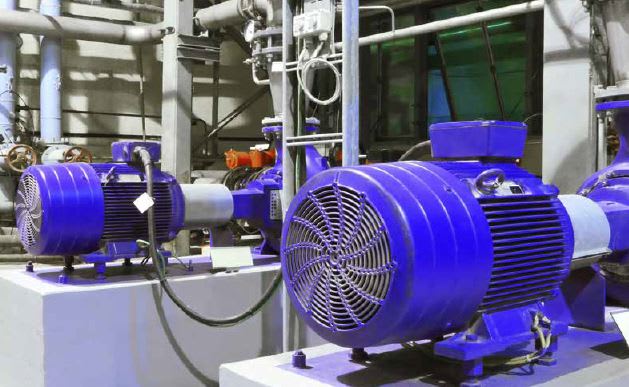SAmerica
Automotive
- Jan 28, 2014
- 10
I work in an automotive manufacturing facility. We get forgings in that have certain hardness specifications. I'm trying to wrap my brain around an issue we're having and cannot find any information. We have a hardness requirement in HB. We use a 2.5mm tip @ 187.5kg load. Upon inspection of the material we've found the hardness to be too high. We contacted the supplier and their records indicate that the material was well within spec during their testing. Their method for measuring hardness is the HRB scale. We've sent samples to two different independent facilities where the HB hardness was well out of specification in the same range that I measured. One of the independent labs measured in HRB but their results showed the hardness to be in specification. The specified tolerance of the steel is 167 - 229HB. The HRB scale shows 86 - 98.2. I guess my question is what is the significant difference between the two measurement methods and why would somebody chose one over the other?
Thanks,
Kevin
Thanks,
Kevin




